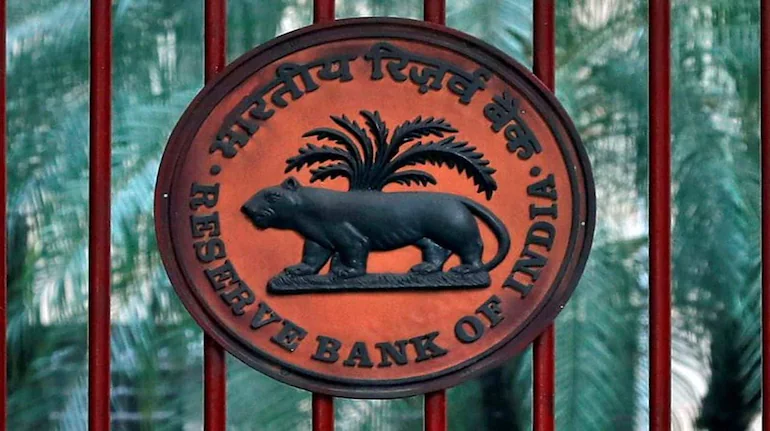RBI’s Liquidity Injection Measures

On January 27, 2025, the Reserve Bank of India (RBI) announced a series of measures aimed at injecting liquidity into the banking system, primarily through a significant Open Market Operation (OMO) purchase worth Rs 60,000 crore. This initiative is designed to address the current liquidity deficit and stabilize the financial environment, especially in light of recent economic pressures.
1. Open Market Operations (OMO)
The RBI’s decision to conduct an OMO involves purchasing government securities from the open market, which is a common monetary policy tool used to manage liquidity and influence interest rates. The OMO will occur in three phases:
- Tranche 1: Rs 20,000 crore on January 30, 2025.
- Tranche 2: Rs 20,000 crore on February 13, 2025.
- Tranche 3: Rs 20,000 crore on February 20, 2025.
The specific government securities to be purchased include:
- 7.59% GS 2029
- 7.18% GS 2033
- 7.10% GS 2034
- 6.79% GS 2034
- 7.18% GS 2037
These purchases are expected to inject substantial liquidity into the economy, making funds available for banks to lend and thereby supporting economic activity.
2. Variable Rate Repo (VRR) Auctions
In addition to the OMO, the RBI plans to conduct a VRR auction for Rs 50,000 crore on February 7, 2025. This auction is designed to provide liquidity to banks at varying interest rates, thus helping to stabilize the financial system. The RBI has already conducted six VRR auctions earlier in January to assist banks facing liquidity shortages.
3. Current Liquidity Situation
As of mid-January 2025, the banking system is grappling with a liquidity deficit of around Rs 3.13 lakh crore. This situation has worsened due to several factors:
- High Deposit Costs: Banks are facing increased costs associated with deposits, which can affect their lending capabilities.
- Foreign Fund Selling: There is significant selling of Indian equities by foreign portfolio investors (FPIs), leading to an outflow of liquidity as these funds repatriate capital back to their home countries.
4. External Economic Pressures
The rapid decline in interbank liquidity is not solely due to domestic factors. The RBI has been actively intervening in the foreign exchange market to stabilize the rupee against the dollar, which has led to further liquidity constraints. The pressure from external economic factors, including tariff threats from international markets, has added to the challenges faced by the Indian banking system.
5. Upcoming Monetary Policy Committee Meeting
The timing of these liquidity measures is crucial as they come just days before the RBI’s Monetary Policy Committee (MPC) meeting scheduled for February 5, 2025. The MPC will likely consider these liquidity conditions when making decisions about interest rates and other monetary policy actions.
Important Details & Evidence
- The RBI’s announcement follows a report by Nomura’s Asia Insights, which highlighted the need for more VRR auctions and OMO purchases to address tightening liquidity conditions.
- Data from the RBI indicated that as of January 14, 2025, the liquidity deficit was approximately Rs 2.09 lakh crore, underscoring the urgency of the situation.
- The central bank’s commitment to ensuring orderly liquidity conditions reflects its proactive approach to managing economic stability.
Final Takeaways
The RBI’s announcement of a Rs 60,000 crore OMO purchase and additional liquidity measures signifies a strong response to the current liquidity crisis in the banking system. By strategically injecting funds into the economy and conducting VRR auctions, the RBI aims to alleviate the pressures caused by external economic factors and high deposit costs. As the situation develops, the upcoming MPC meeting will be pivotal in shaping India’s monetary policy and economic outlook.